Some of the most gorgeous houseplants have flexible light requirements. There are actually indoor trees for low light areas that are beautiful and can even help make the air in your house cleaner.
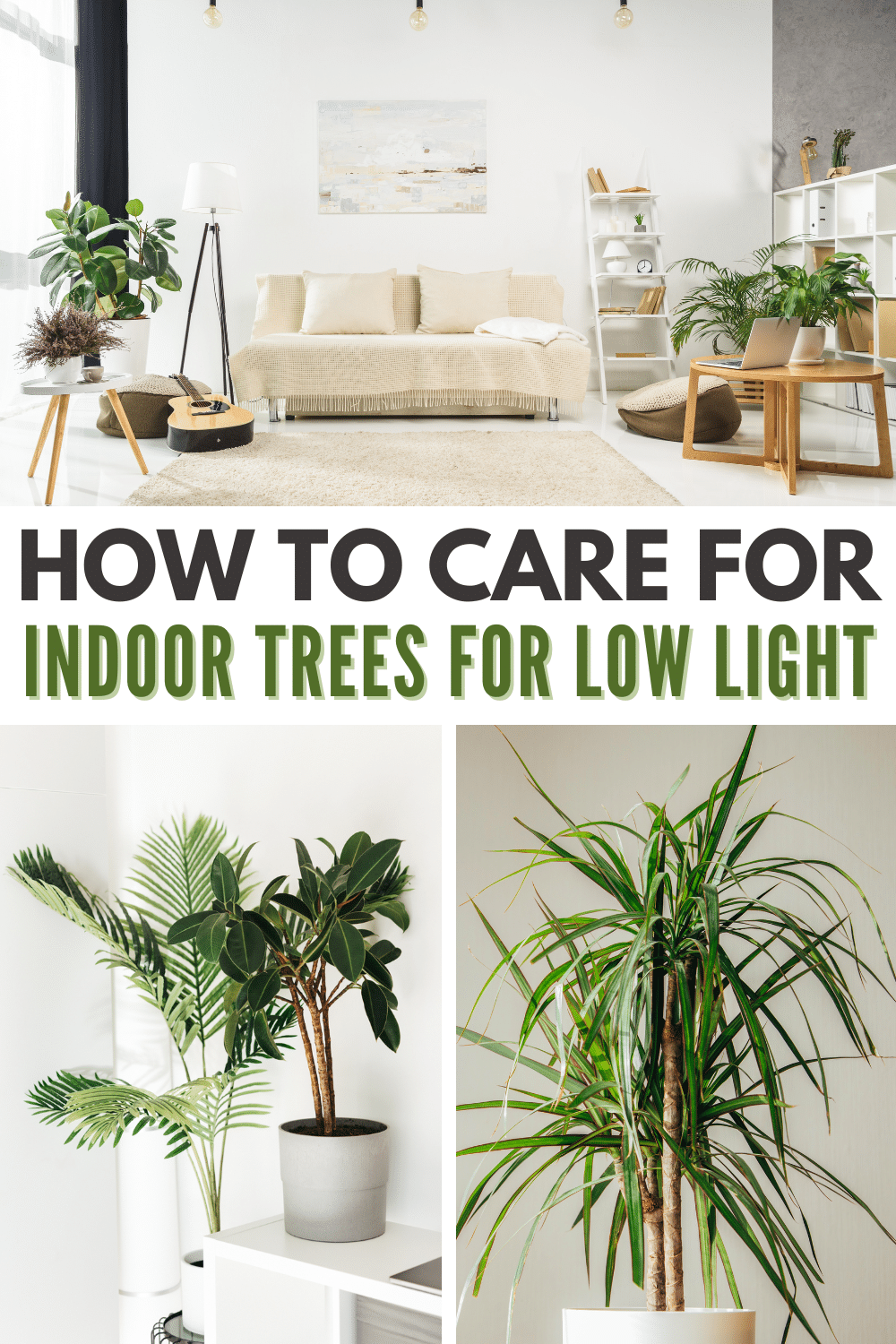
You’ll also be delighted to know they’re low maintenance and can grow into lovely home decorations for years. Here are some trees that will become your favorite houseplants that survive (and even thrive) in low light conditions.
Jump to:
Benefits of Growing Low Light Indoor Trees
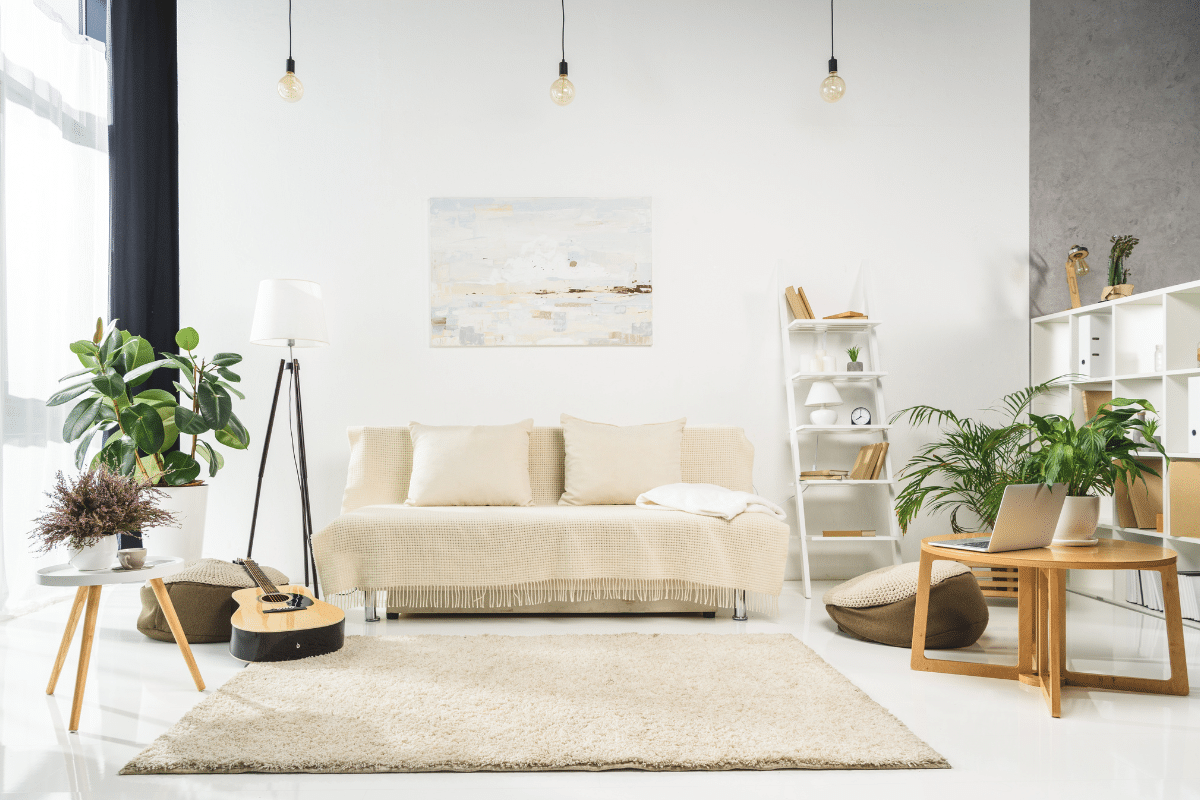
Improve Aesthetic
Lots of plants can thrive in varying lighting conditions, and they all possess lovely foliage that gives any room a touch of nature. Houseplants make for amazing focal points in your interior decor, and they also make any room feel more cozy.
Enhance Air Quality Indoors
NASA’s research on indoor air pollution confirmed that certain houseplants can help purify indoor air. An indoor plant is considered air-purifying if it can remove traces of harmful toxins like formaldehyde, benzene, and trichloroethylene.
Better Mood and Stress Management
There are some studies that confirmed plants contribute to a better mood and may even reduce our stress levels.
Seeing lush green foliage is believed to be one explanation, but experts noted that pleasant smells coming from houseplants are also a factor.
One study also found that maintaining, repotting, and propagating plants may reduce physical and mental stress in young adults. So, this would be a healthy bonding activity to do with your children.
Increase Productivity
Parents who spend some days working at home, or children studying, can also benefit from keeping plants to improve productivity.
A more recent study also revealed that real, living plants positively effect the attention and concentration of children. So if you have young kids in the house, placing houseplants near their study area may be a huge help when they’re working!
5 Best Indoor Trees That Thrive in Lower Light Conditions
1. Lady Palm (Rhapis excelsa)
Plants with alluring palm fronds are some of the best ones to spruce up any space. If a low light condition is an added consideration, then the lady palm is highly recommended.
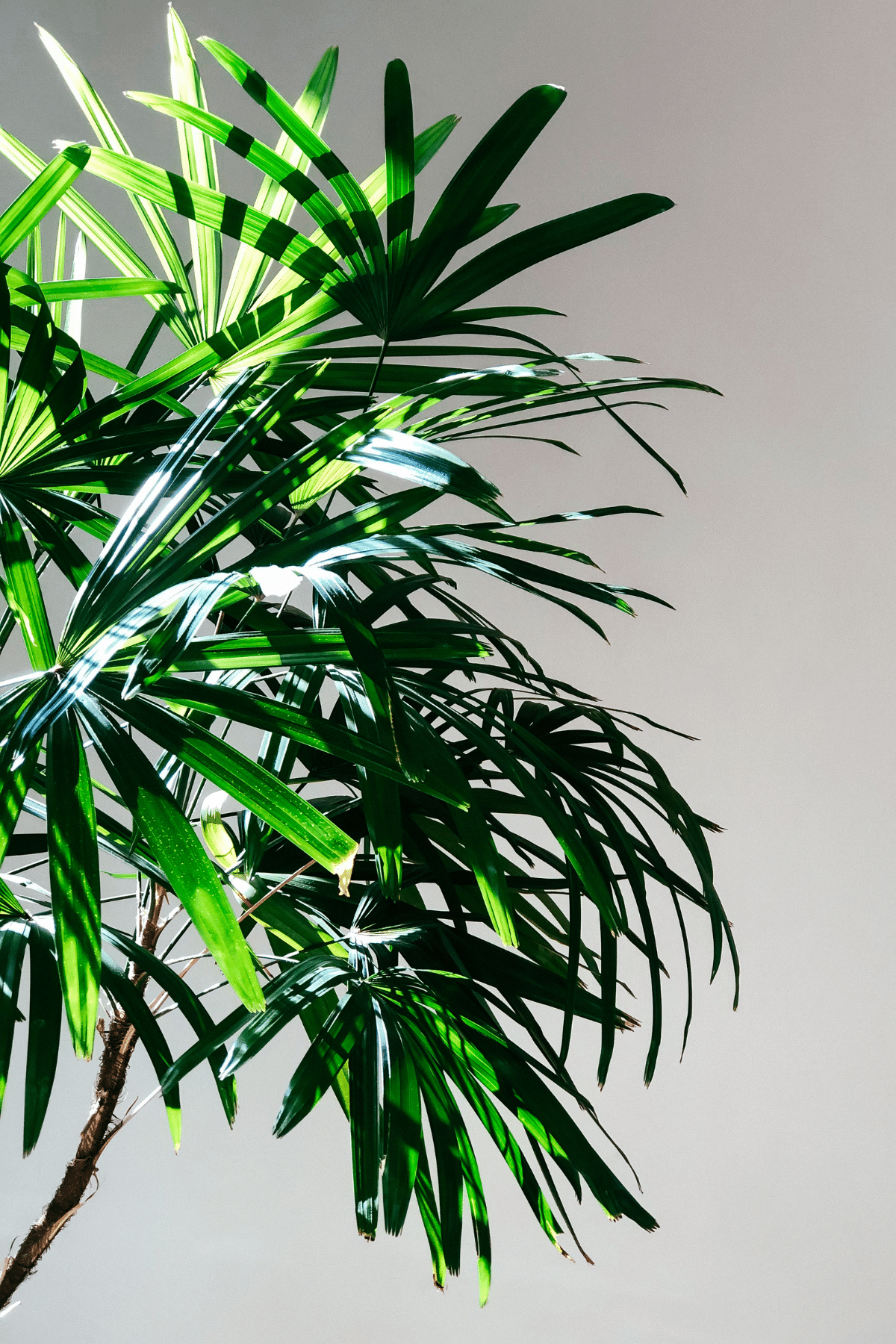
Its stems grow in an upward direction, and its fronds are shaped like a fan with vibrant green, lance-shaped leaves with a glossy texture.
It has a rather slow growth rate but can still grow up to 6 feet tall indoors, making it quite a majestic addition to your houseplant collection. Because it can thrive in low light areas, you’ll have tons of options where to put this captivating tree.
Best of all, it’s not toxic for your lovely pets.
2. Parlor Palm (Chamaedorea elegans)
The parlor palm shares a few similarities with the lady palm, including having fronds and bamboo-like stems.
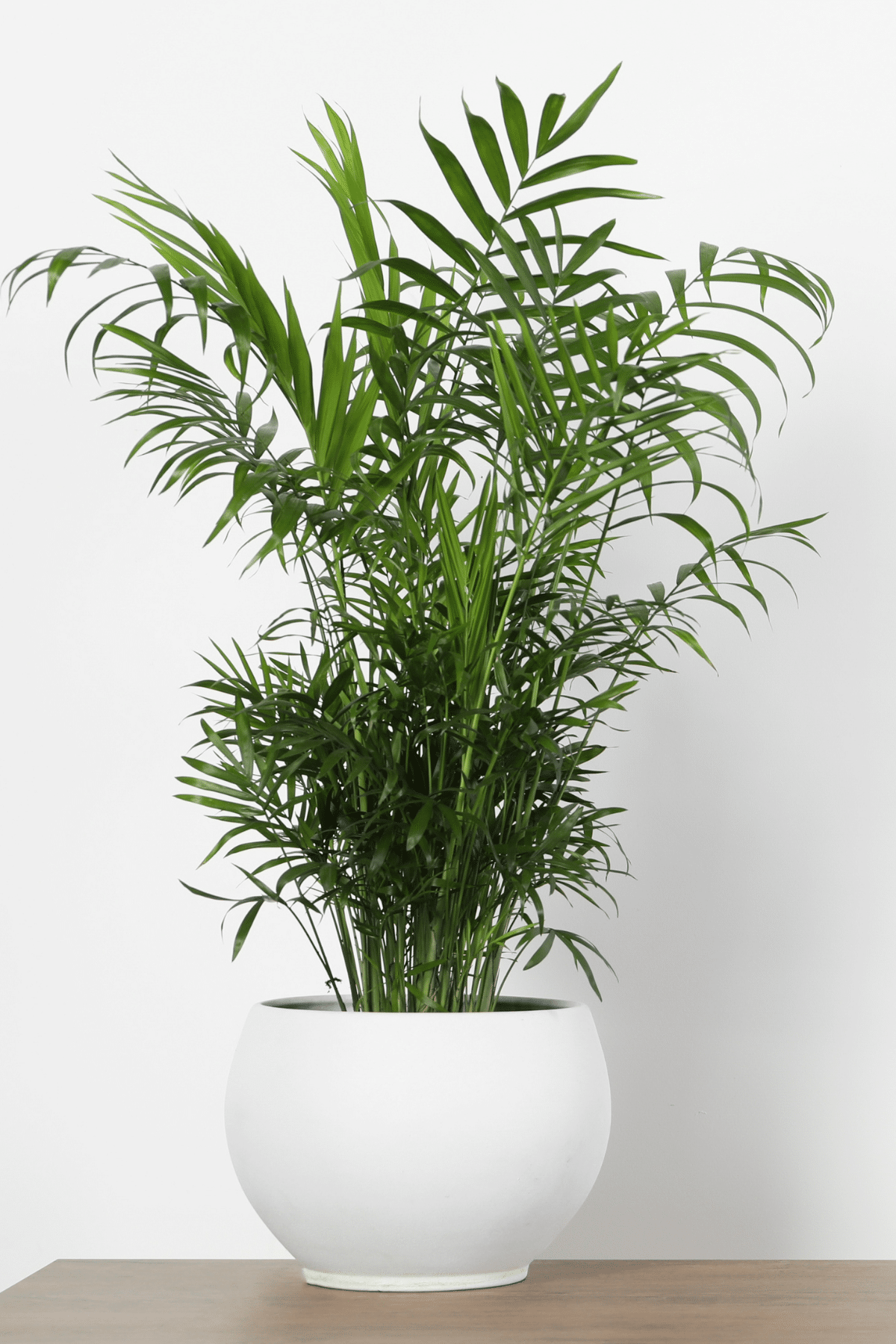
You can still easily tell them apart because the parlor palm grows individual stem gorges, each having a palm frond. The lady palm’s fronds clump together in the stems.
Each frond has pinnate leaves that can be up to 24 inches long. Parlor palm can grow up to 6 to 10 feet tall when kept indoors so that it can flourish into a stunning accent in any room.
It’s also safe for homes with little kids and pets because it’s non-toxic.
3. Madagascar Dragon Tree (Dracaena marginata)
Living up to its name, this plant looks majestic and can tolerate drought and low lighting conditions.
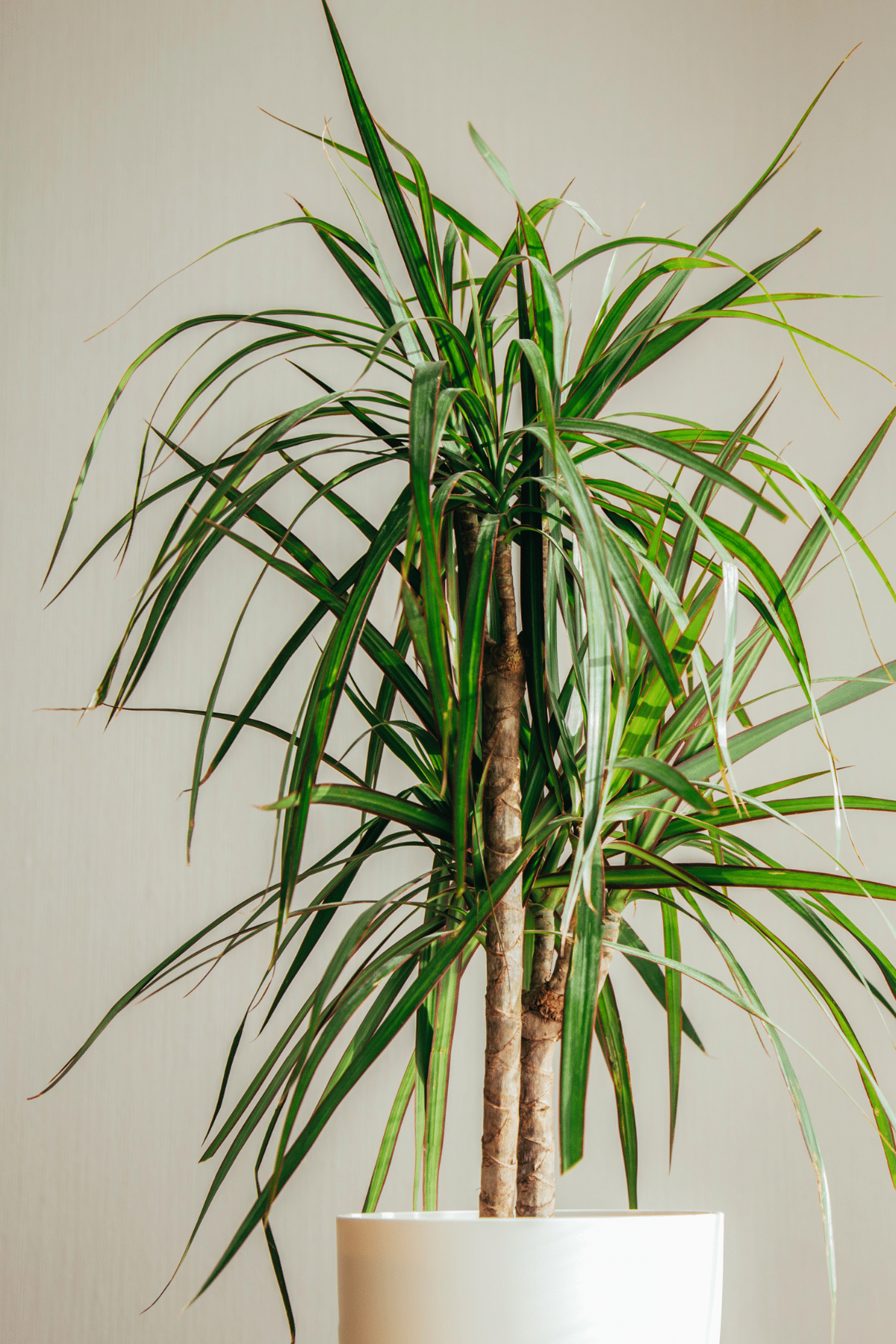
It features a woody trunk where two or more upward-growing stems come out. The stems can be trained to keep growing upward, giving the dragon tree a somewhat structured appearance.
Slim, sword-shaped leaves are clumped together on each stem. Leaves growing around the edge may arch a little, but most of them will grow in an upward direction.
Indoor dragon trees can reach 6 feet but rarely grow more than that.
4. Rubber Fig or Rubber Plant (Ficus elastica)
If you prefer looking at plants with larger, oval-shaped leaves, a rubber plant would be a great option.
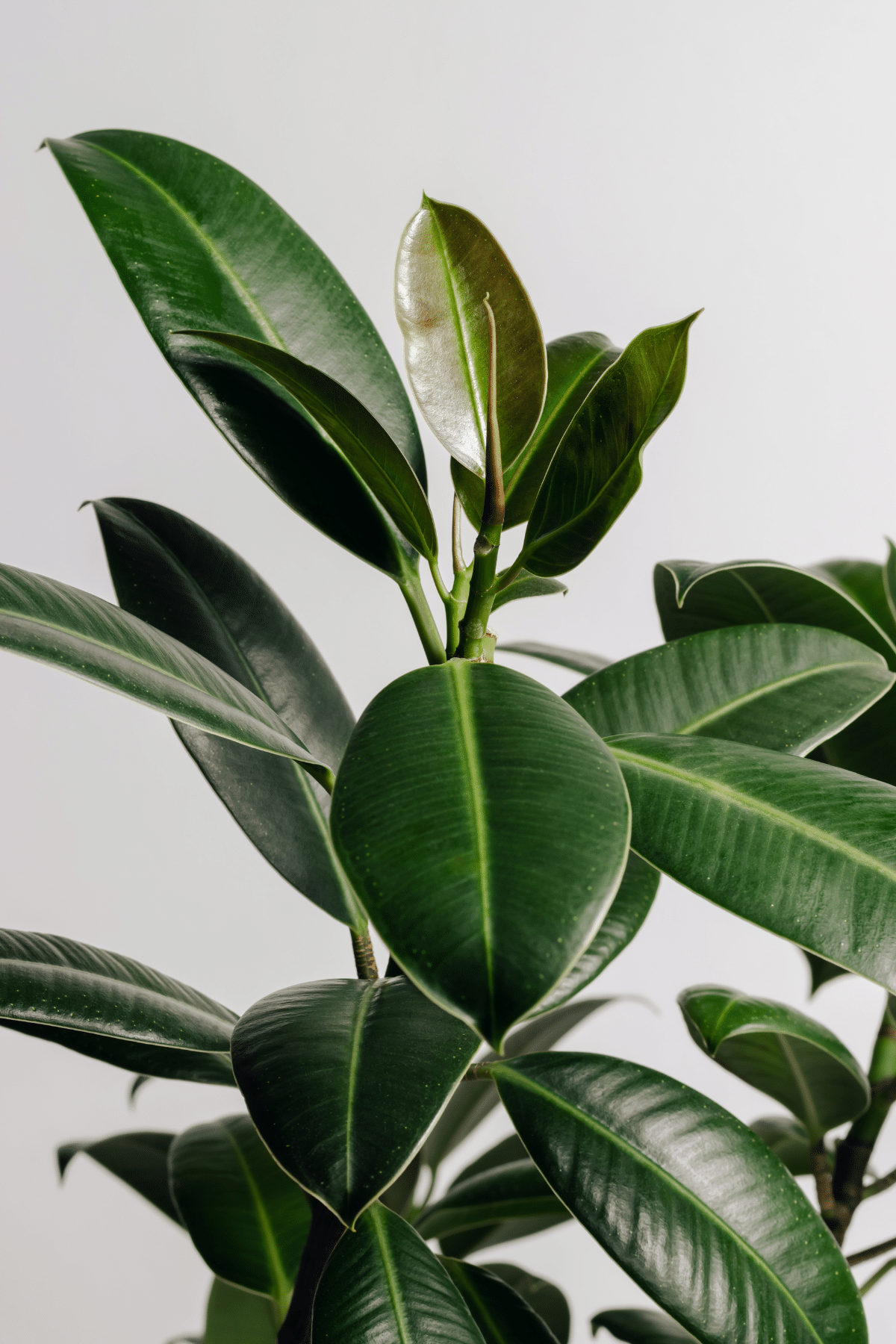
An indoor rubber plant’s height can reach between 3-6 feet, while its leaves can grow between 8 and 12 inches in length. Its foliage has a leathery, glossy texture.
Most Ficus elastica variants tolerate low light conditions, although the variegated rubber plants will look their best when they receive regular bright, indirect sunlight.
So you’d want to look into Ficus elastica “Robusta” and Ficus elastica “Abidjan” for low light areas.
In their best growing conditions, these variants feature gleaming dark green leaves. They may also feature subtle shades of red on the back of each leaf and along the midrib.
However, it’s toxic for both humans and pets.
5. Corn Plant (Dracaena fragrans)
The corn plant canes grow overlapping stipules of sword-shaped leaves with a glossy green hue and a cream or yellow stripe in the middle.
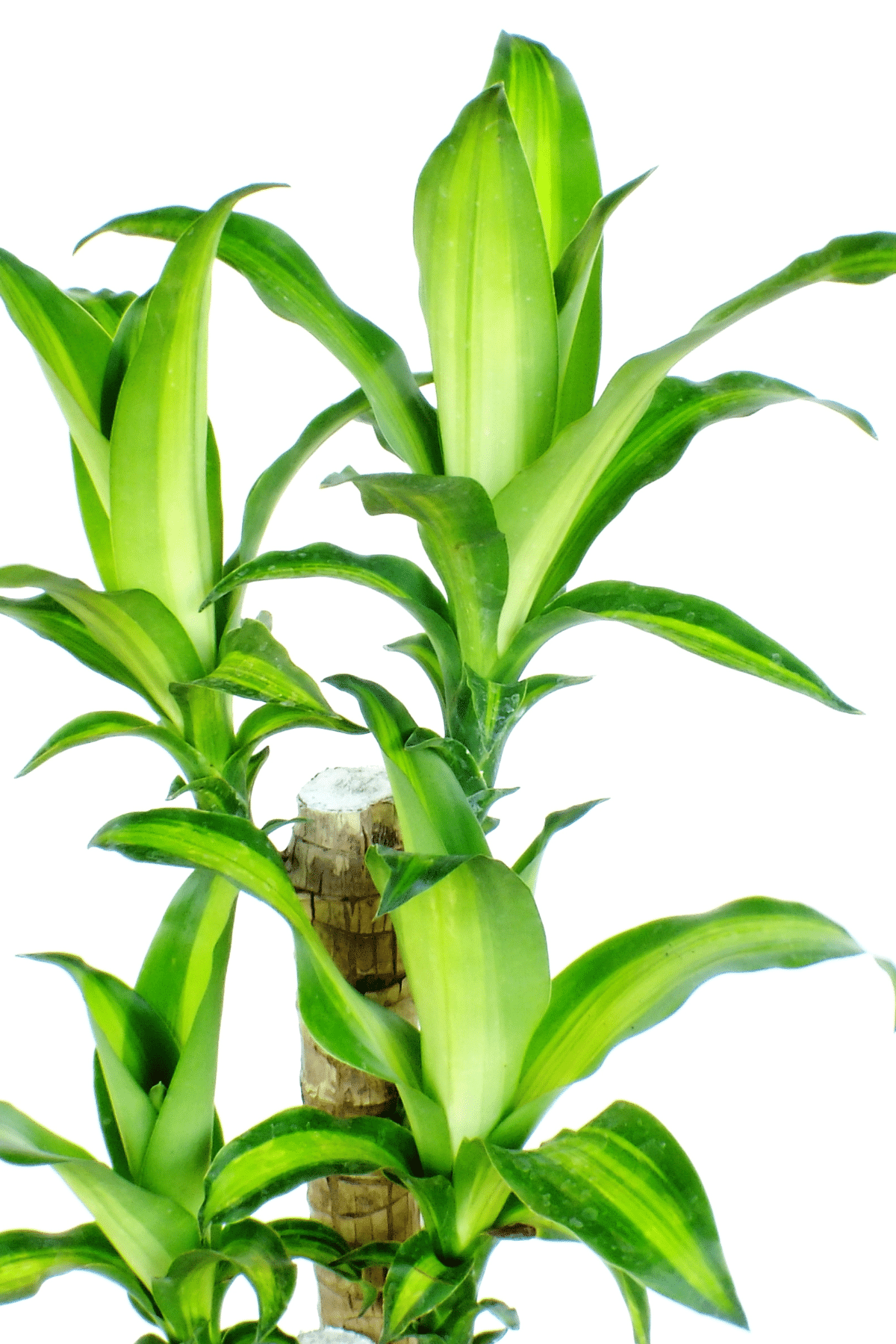
The leaves grow upward but tend to arch and reach up to 2 feet long. When grown indoors and placed in a container, the corn plant can reach up to 6 feet.
As a busy homemaker, I appreciate that the corn plant can also tolerate being a little dry. So I never have to worry about damaging it, even when I forget to water it.
Apart from its natural beauty, the corn plant also has air-purifying properties, although it can be toxic for home pets.
Care Tips for Low-Light Indoor Trees
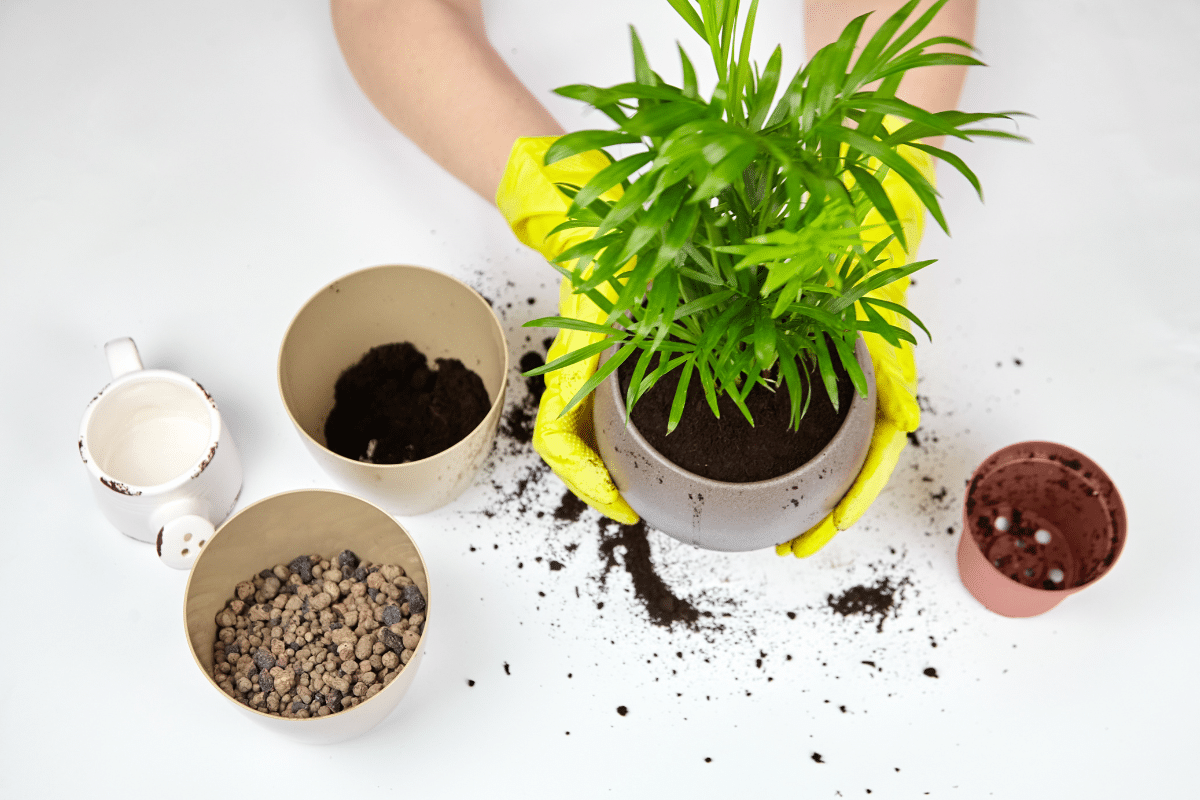
Watering Requirements
Most popular indoor plants, especially the ones in this article, don’t have demanding watering requirements. They typically need water every 1-2 weeks, even in spring to summer, which is their growing season.
Waiting for 1-2 weeks is a good estimate, but it would be more accurate to check the soil’s moisture at least once weekly. Once the soil feels dry halfway down the pot, it indicates it’s thirsty.
Soil Requirements
A well-draining potting mix with loamy soil is a great option. Make sure it’s rich in nutrients and can hold enough moisture.
Many plants for indoor settings, including the trees on this list, prefer an acidic to neutral soil pH. Adding compost or peat moss to enhance fertility and pH level will help.
Choosing the Right Pot
Measure the pot’s diameter that contains the plant when you purchased it. Then choose a pot or container that’s 1-2 inches bigger.
Because we’re discussing indoor trees here, they will need pots and containers big enough to allow the root system to develop.
Display Ideas to Show Off Your Low Light Indoor Trees
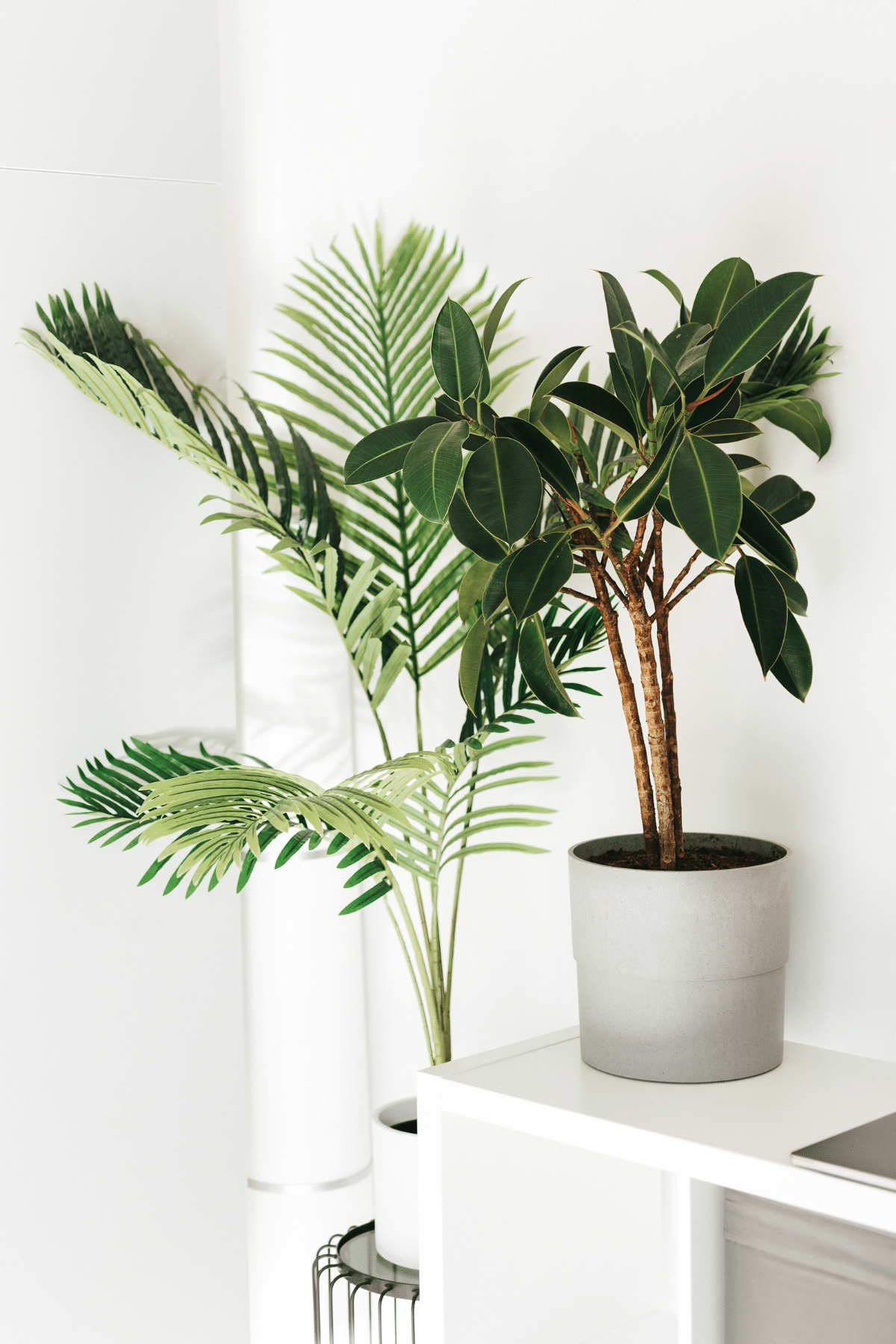
Decorative Pots and Containers
With lush and vibrant foliage, you can choose clay or ceramic pots in plain color, and it will still be an amazing decor accent.
Pots painted in washed-out colors add a lovely earthy tone to your interior design. My favorite for a more elegant appeal is fractured pots that look like marble.
Plant Stands
Slow-growing houseplants may take even longer to increase their height in low-light rooms. A wooden or metal plant stand is a nice trick to make your plant appear taller.
By the Staircase
The space around the staircase is commonly empty and doesn’t get much sunlight throughout the day, making it a perfect spot.
Common Mistakes When Growing Indoor Trees in Low Light Areas
Overwatering, Overfeeding, and Too Much Light
These plants are great for moms like us because their care and growing needs won’t take too much out of our already-hectic schedules.
One common mistake indoor gardeners make is overwatering, using too much fertilizer, and over exposure to sunlight. These errors can lead to root damage, while direct light can burn the leaves.
That said, houseplants can also get damaged when neglected too much. So the key is finding the balance.
Low Light Doesn’t Mean ‘No Light’
They will need as much indirect light as they can get. So it’s best to place them in areas that still get filtered (not necessarily bright) light for a few hours daily.
Low-light rooms also tend to have an uneven distribution of light sources, so rotate the plant in its pot from time to time.
Forgetting About Humidity
The right humidity level helps indoor plants get enough moisture between watering days. Placing a humidifier near your houseplants is a simple way to provide this requirement.
FAQs
Plants that require bright light need unobstructed sunshine. If “indirect light” is added to the label, that means it can still thrive with just plenty of refracted sunlight.
No, filtered light is similar to indirect sunlight. It refers to sunshine that enters a room but is diffused by curtains, windows, and other filters.
Yes. If ingested by cats and dogs, it can cause vomiting and loss of appetite.
Every Space Deserves a Beautiful Indoor Tree
We often forget that most of the houseplants popular these days are native to tropical rainforests and can even survive in low light areas.
Thanks to our evolving understanding of plants, we now know that we actually have several options for rooms and spaces that don’t get too much light throughout the day.
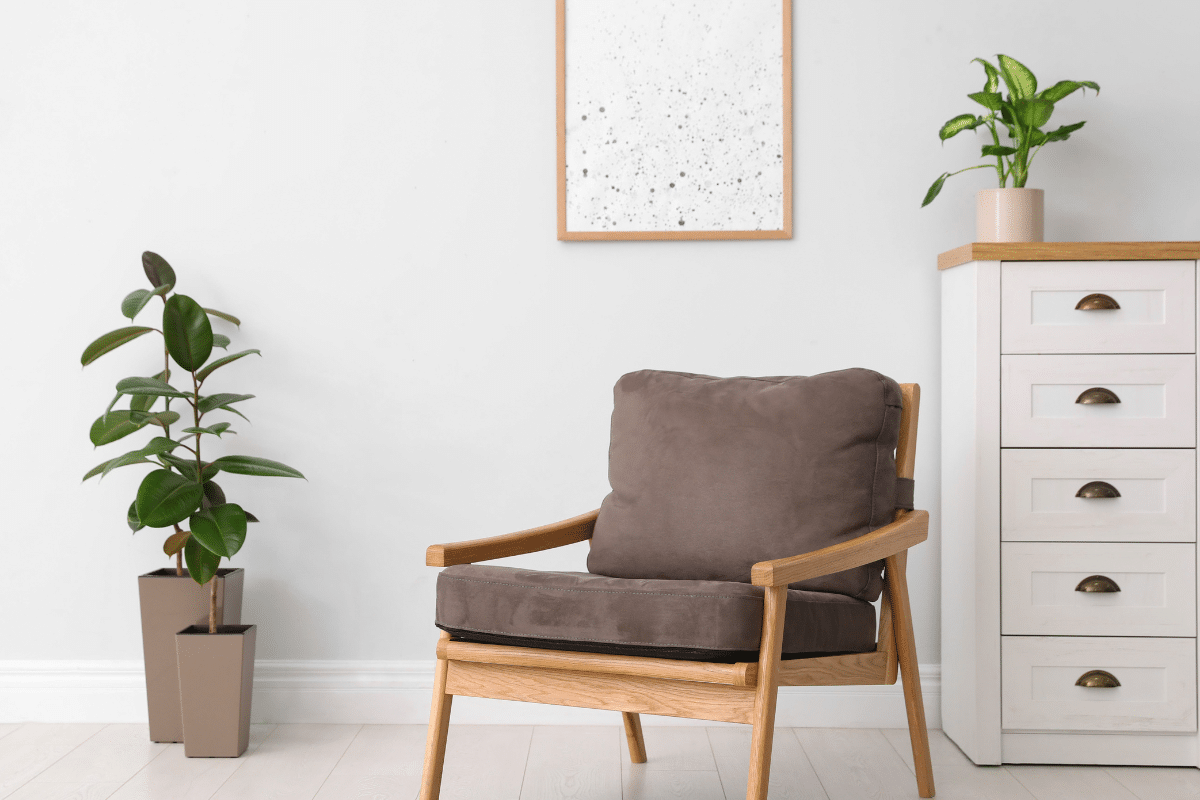
Now you can even add a popular indoor tree to build your own indoor tropical paradise. The fact that these trees don’t require too much upkeep is certainly a welcome bonus.
